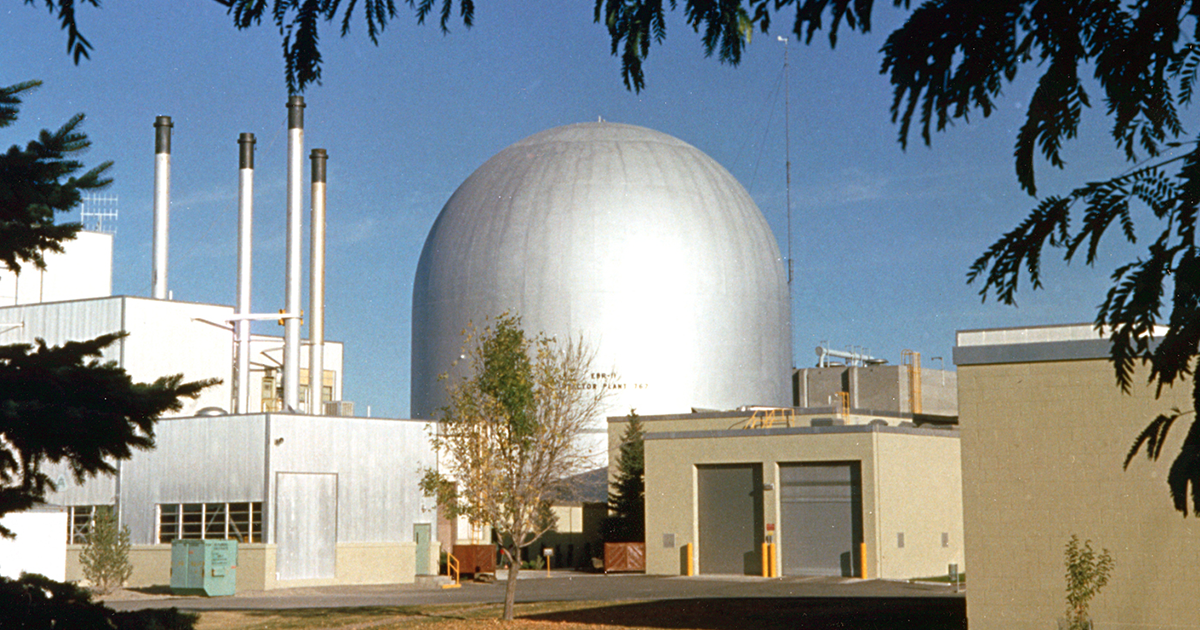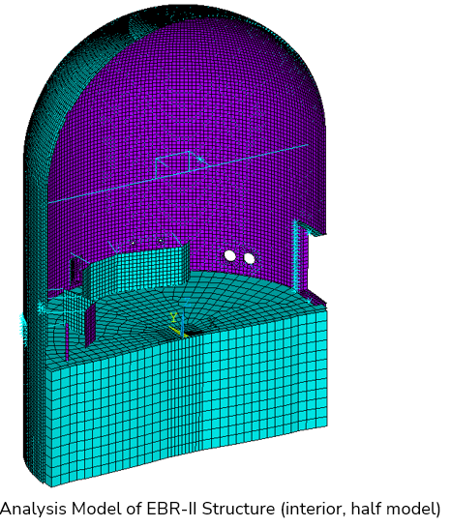My Spaceship Earth: A Structural Engineer’s Path to Nuclear
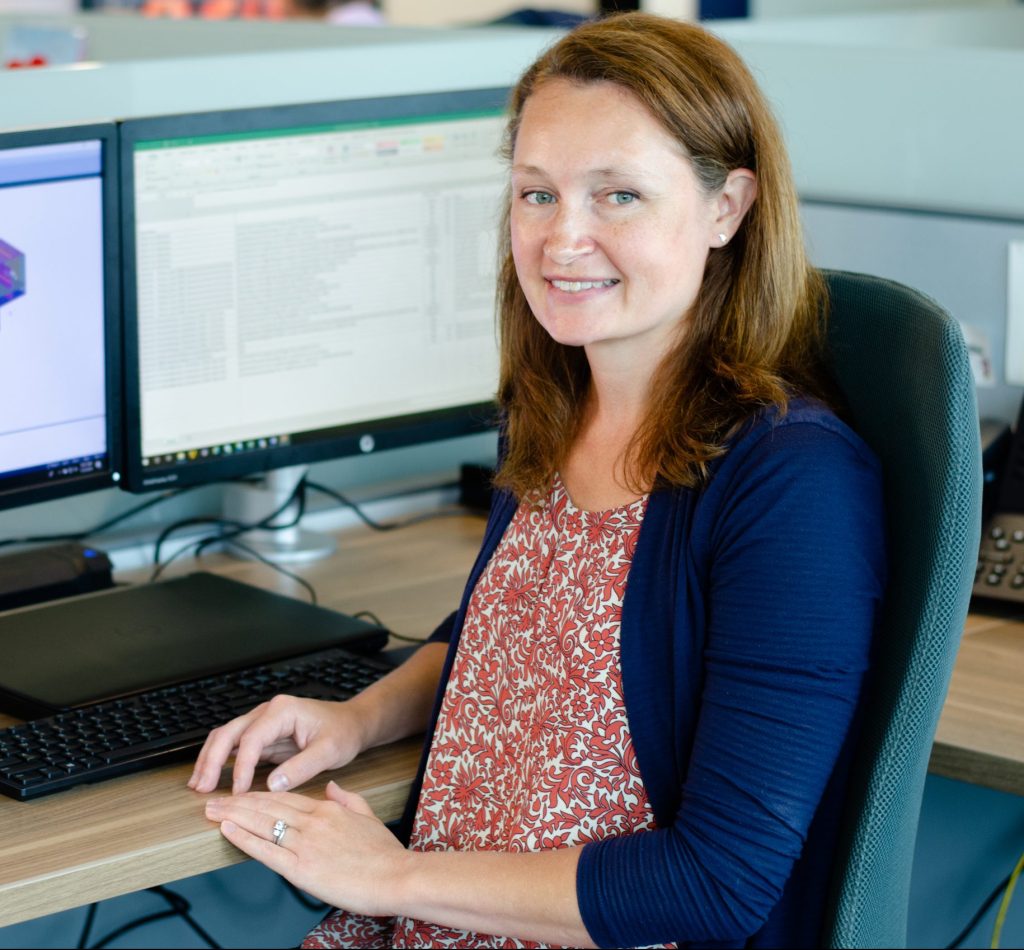
While flipping through the course catalog at the University of Massachusetts, Amherst, I read that civil engineers can design amusement rides. I was instantly inspired and chose my major because I wanted to design something for Walt Disney World. After college, I started my dream job at Simpson Gumpertz & Heger (SGH), famous for designing Spaceship Earth at EPCOT Center, a celebration of human innovation, communication, and the progress of civilization. This was a win.
My Introduction to Nuclear
During my first two years at SGH, I experienced all aspects of the Engineering Mechanics & Infrastructure group, from analyzing structural failures to studying pipelines and modeling antennas. In 2006, I worked on my first nuclear facility. It consisted of structural analysis and design of the Integrated Waste Treatment Unit at Idaho National Laboratory (INL). The team for this project grew very large and helped expand our nuclear capabilities at SGH. From that point, my niche became nuclear. There was so much to learn in the beginning, including how to perform seismic soil-structure interaction analysis, ACI 349 for code requirements for nuclear safety-related concrete structures, ASCE 4 and 43 for seismic analysis and design criteria for nuclear structures, among others.
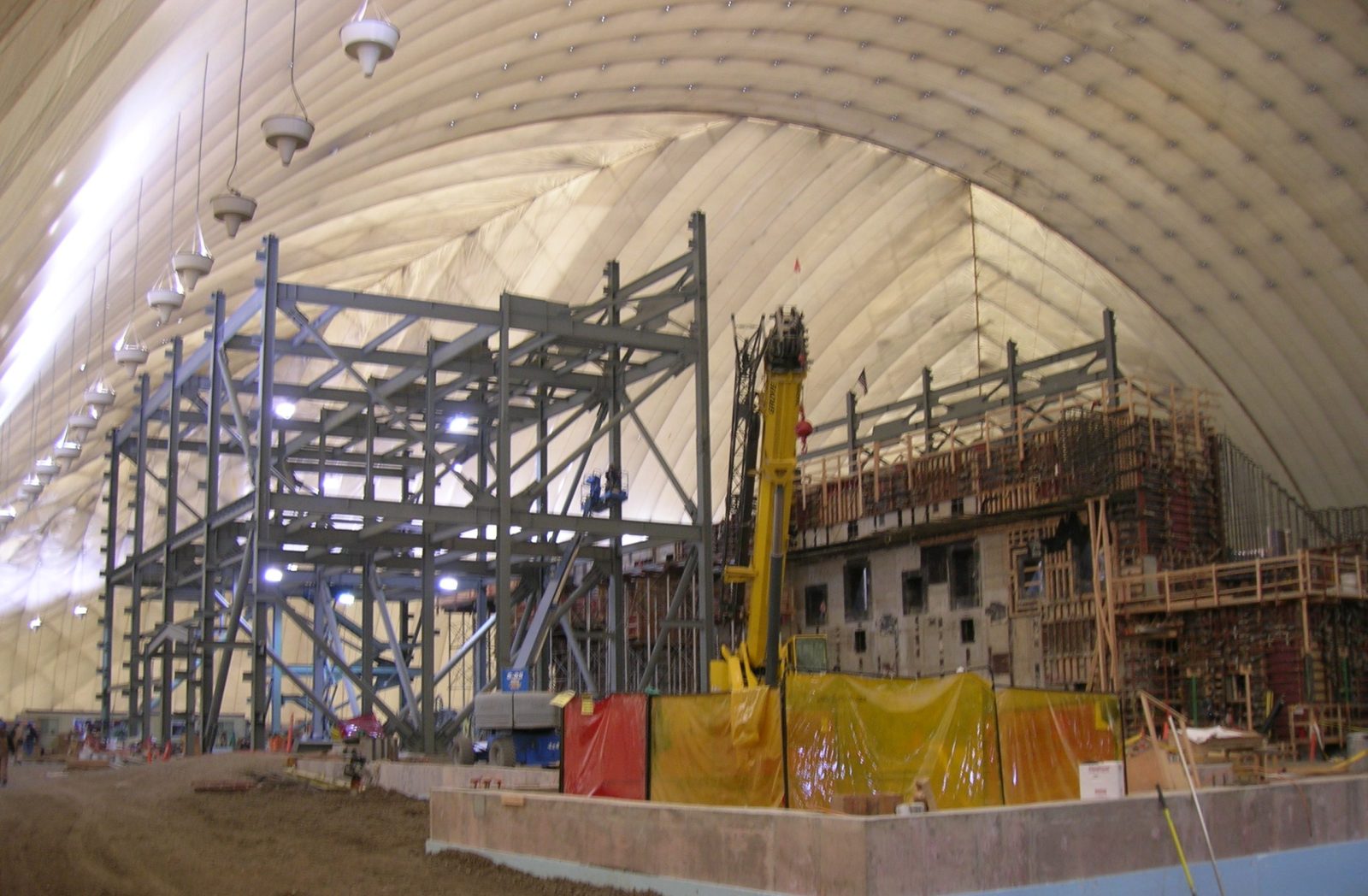
Giving Back to the Industry
Alongside working on nuclear facilities at SGH, I began exploring how I could get involved in the industry. I attended multiple U.S. Women in Nuclear Conferences beginning in 2014 for networking, professional development, and the opportunity to visit nuclear power stations across the country.
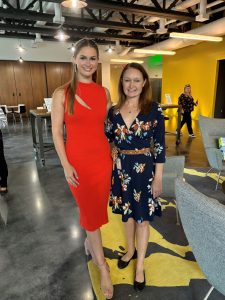
Christine with Grace Stanke.
My involvement with the American Nuclear Society Northeastern Section (ANS-NE) began in 2018, hosting networking and professional development meetings at SGH, which I continue today. The section’s mission is to provide a forum for professional and public exchange of information regarding nuclear-related science and engineering topics. I served as ANS-NE Secretary for three years, followed by Chair for three years, and am currently a Director on the Executive Committee. During my time on the board, the ANS-NE section received the Membership Improvement Award in 2021 and the Local Section Meritorious Award for Best Public Information and Education in 2023.
I met Grace Stanke—a nuclear engineer, public speaker, and former Miss America—at the U.S. Women in Nuclear Conference in 2023, where she gave a keynote address and I invited her to SGH for a tour of our Applied Science & Research Center and to speak at a September 2024 ANS-NE event. Grace gave a compelling talk sharing how she looks to connect with the next generation to help them find their passion while being an advocate for nuclear energy. The event was a big success with record attendance.
Teaching Future Nuclear Engineers
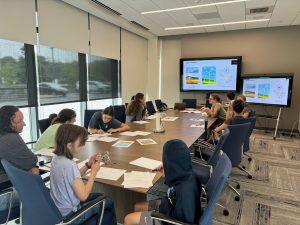
Hosting a classroom of students at SGH.
ANS-NE is dedicated to educational outreach to teach children about nuclear energy. I had the opportunity to present to my daughter’s Girl Scout troop and a classroom of students from age seven to seventeen about structural engineering and various energy sources, including fossil fuel, wind, and nuclear. Students learned the pros and cons of each energy type and selected an energy source for their future city.
In addition, the section holds professional development events inviting professionals, students, and the public for networking, knowledge sharing, and advocacy. The group hosts an annual student event where four graduate students from local universities share their nuclear research, and each receives a $250 scholarship. ANS-NE also hosts tours, such as a tour of Commonwealth Fusion Systems at Devens. My SGH colleague, Michael Mudlock, and I spoke at an ANS-NE event in January 2022 about our nuclear work at SGH.
A Shared Responsibility for Innovation
I continue to work on a variety of nuclear projects, mostly at INL, including seismic analysis, structural retrofit, and design. One of the most recent projects is the National Reactor Innovation Center Demonstration of Microreactor Experiments (NRIC DOME) at INL, the world’s first-ever microreactor test bed. We performed structural analysis and design modifications to the existing 1964 reinforced concrete and a steel vessel structure to repurpose it and ensure it meets current design standards. Key analyses included pressure, temperature, nozzle, internal missile, and seismic soil-structure interaction. We are currently assisting with construction support.
The theme of Disney’s Spaceship Earth at EPCOT Center reflects the idea that Earth is like a shared vessel traveling through space, and humanity has the collective responsibility to care for and sustain it. NRIC DOME is like a Spaceship Earth to me, as advanced nuclear technologies will be tested in this facility to bring clean, carbon-free energy to disaster relief areas, remote places, and into space.
I never knew I would fall into the nuclear field when I began my studies in civil engineering, but I’m thankful for this profession that is making a difference in the lives of so many people so that we may have reliable, carbon-free baseload power for years to come. And it has its own form of “pixie dust,” as well.
